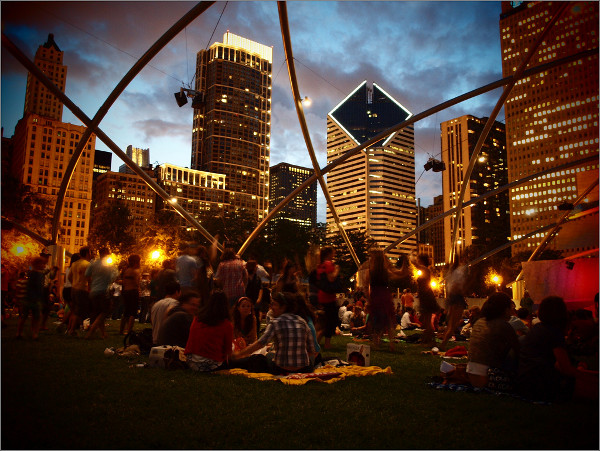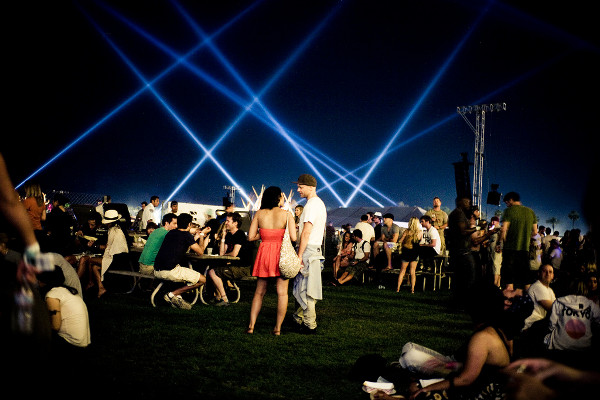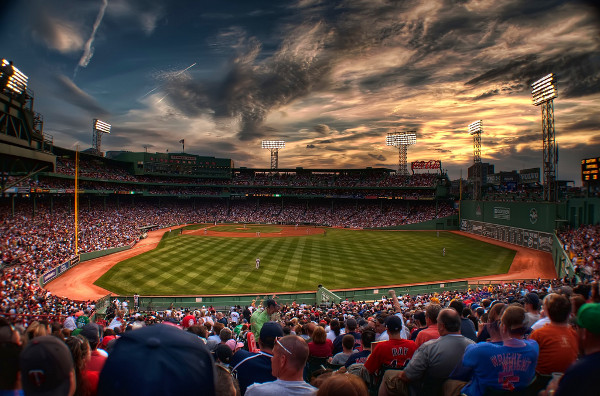This discipline includes four basic elements: planning, profusion, perspective and progression.
Between point A and point B, there are adventures to be had and discoveries to be made.
Profusion: Documenting Your Story
Take photos constantly, profusely.
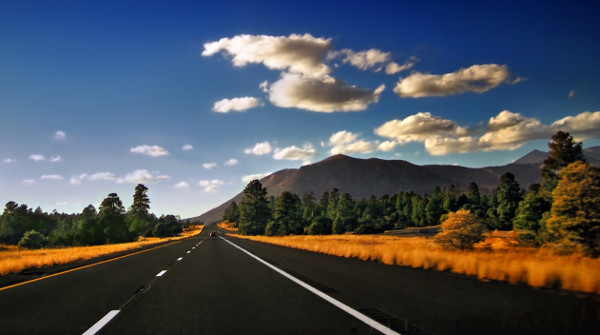
As long as youve got battery life and storage space to spare, snap away to your hearts content.
The more photographs you take, the more youll have to choose from when editing after your trip.
When telling a road trip story, both the camera perspective and narrative perspective should be experimented with.
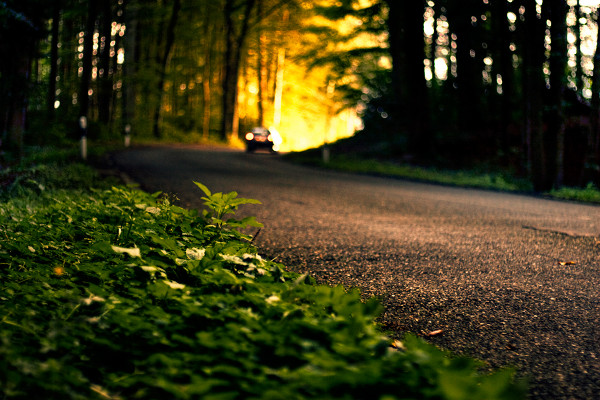
Set the camera right on the sand for a dreamy look at the beach.
Climb a tree for a great shot of the campfire at night.
Shift the perspective, and youll see new life in your photographs.
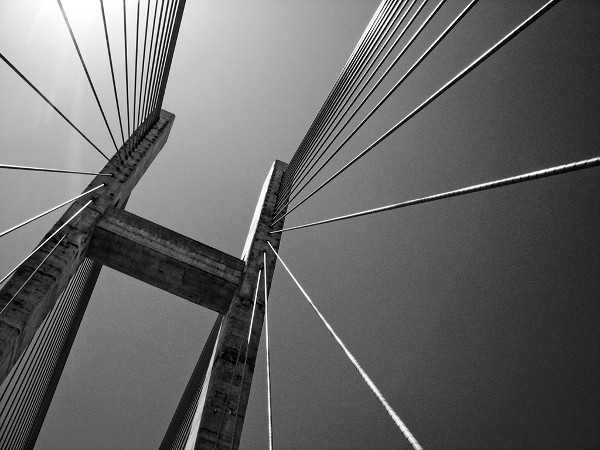
This is important for narrative perspective too.
One image or scene should progress into the next, to avoid leaving chunks of your story behind.
If you see a roadside diner, this is a great segue from travel shots to destination shots.
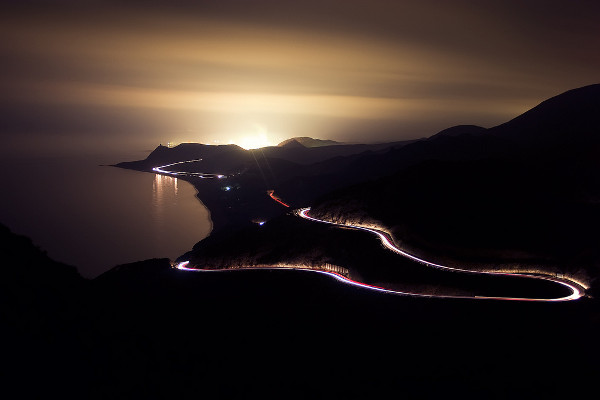
If you dont yet have one, we can point you in the right direction in either category.
While DSLR lenses alone can quickly stretch into the $1,000+ price range, others are much more affordable.
A good tripod is a must, no matter if you prefer a point-and-click or a DSLR.
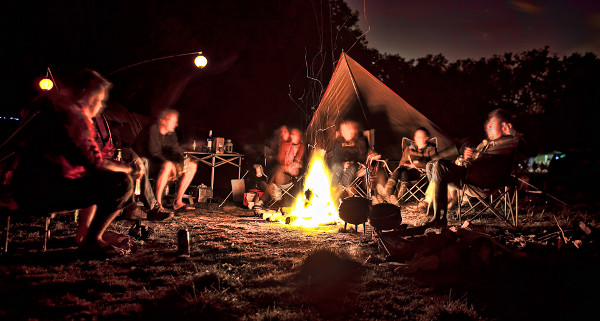
When light is hard to come by, slower shutter speeds will lead to blurry, shaky photographs.
A tripod will prevent the shake and keep your low light images as sharp as can be.
Remember to bring an extra battery (or a car charger) and an extra memory card.
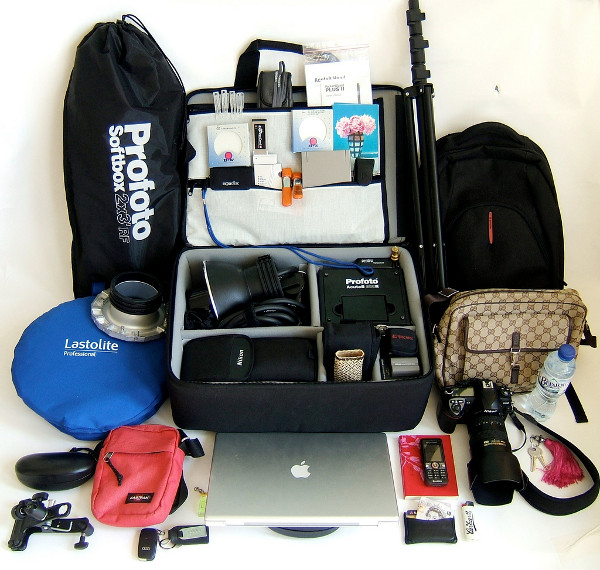
Running out of juice or storage space will kill the amount of memories you’re free to capture.
A fixed lens like a 35mm f1.8 will be best for video.
Now, how do you shoot this great road trip?
